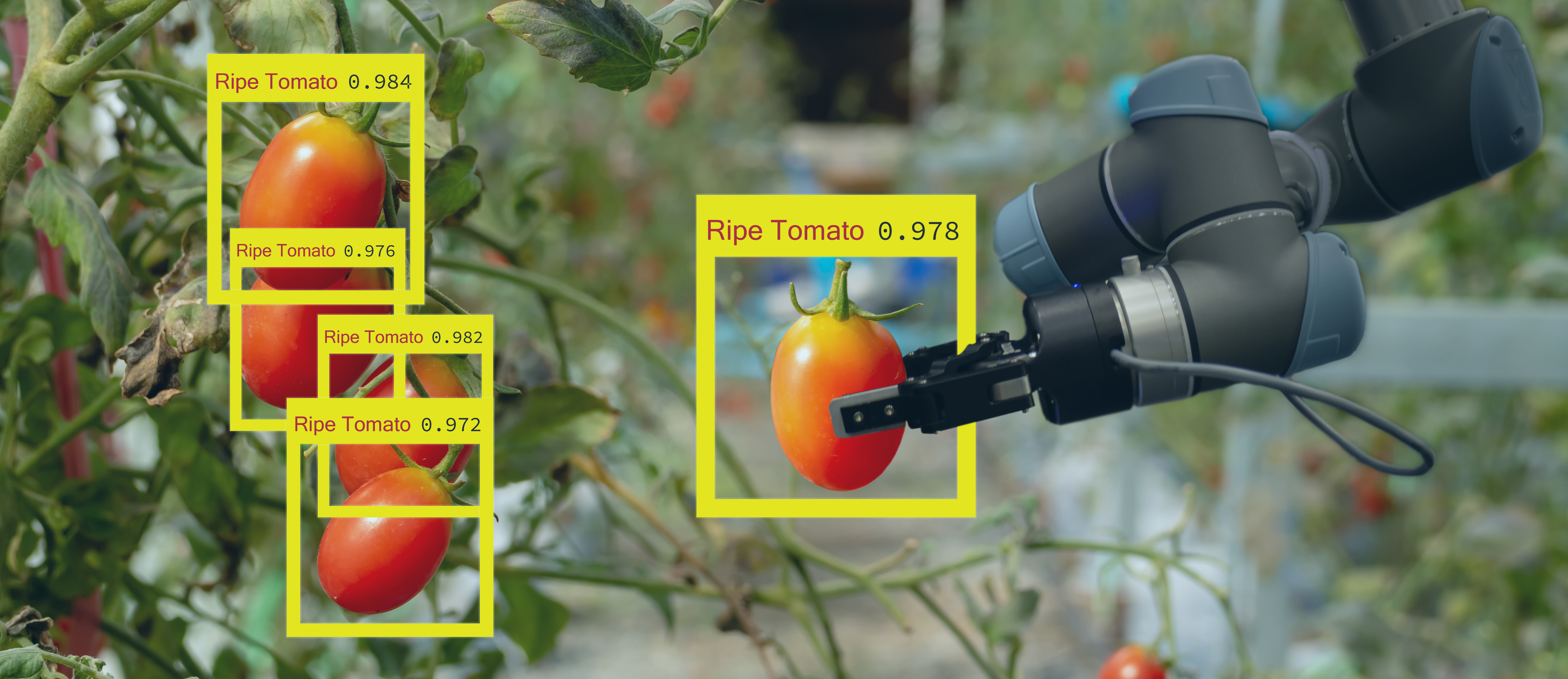Success Stories
SSAIHQ CMS Display Portlet
Success Stories
Breadcrumb
SSAI Computer Scientist Maura Tokey uses Machine Learning to Predict the Effects of Global Warming on Crop Yield
While precipitation and temperature are the two main characteristics of weather and climate, they also play an important role in the outcome of crop yield. To that end, SSAI computer scientist Maura Tokay set out to predict the crop yield for corn, wheat, and soybeans using meteorological data in conjunction with machine learning predictive models in order to determine the importance of each weather variable on crop yield outcome.
Understanding how weather factors affect crop yield and how they can be used in conjunction with machine learning to predict food shortages is pivotal to proactively avoiding catastrophe in the future.
Overview
 Weather and climate are primarily characterized by precipitation and temperature. Thus, by default, these two parameters also directly impact yearly crop yield. Consequently, if the importance of precipitation and temperature on weather parameters can be quantified, the results can be used to determine the impacts of climate change on food security. To that end, SSAI computer scientist Maura Tokay set out to predict crop yield for corn, wheat, and soybeans using meteorological data in conjunction with machine learning predictive models.
Weather and climate are primarily characterized by precipitation and temperature. Thus, by default, these two parameters also directly impact yearly crop yield. Consequently, if the importance of precipitation and temperature on weather parameters can be quantified, the results can be used to determine the impacts of climate change on food security. To that end, SSAI computer scientist Maura Tokay set out to predict crop yield for corn, wheat, and soybeans using meteorological data in conjunction with machine learning predictive models.
The dataset used to perform the analysis is part of the Farming System Project and covers a 20-year period—from 1996 – 2016. Weather information was used to predict yield, as was the ‘week duration parameter’, i.e., the minimum number of weeks for each crop, which was calculated by subtracting the planting date from the harvest date.
The model was constructed using a variety of supervised learning algorithms, which in this study included: Lasso, Decision Tree Regressor, Random Forest Regressor, and Neural Networks. Prior to applying the algorithms, a RobustScaler was employed to better handle the outliers. This required the algorithm to remove the median and scale the data using the 1st and 3rd quartile for each feature independently.
The model best suited for each crop was determined by combining the accuracy, which was measured with median absolute error, and the confidence level, which was measured using the coefficient of determination.
Results
Results showed that the best model for predicting corn was Decision Tree, using 13 weeks of weather data with a confidence level of 82.6 %, while that for predicting soybean was Random Forest Regressor, using 15 weeks of weather data with a confidence level of 83 %. Notably, the temperature and precipitation had more influence on soybean yield prediction than was observed in the other two crops. The best model for predicting wheat was Neural Networks, using 29 weeks of weather data with a confidence level of 74.5 %.
As SSAI computer scientist Maura Tokay points out, the overall performance of all the evaluated models was rated as “good” – i.e., 74 – 83 % – but could be improved if more data were available to train the models. Furthermore, the fact that none of the models investigated in this study were appropriate for all three crops demonstrates that numerous models should be tested when using machine algorithms. Finally, this study confirmed that temperature plays an important role in crop prediction; and that with respect to crop prediction, relative humidity is more important than precipitation.
 These results are important as climate change undoubtedly will have a major on impact crop production and potentially disrupt the international food supply chain. Understanding how weather factors affect crop yield and how they can be used in conjunction with machine learning to predict food shortages is pivotal to proactively avoiding catastrophe in the future.
These results are important as climate change undoubtedly will have a major on impact crop production and potentially disrupt the international food supply chain. Understanding how weather factors affect crop yield and how they can be used in conjunction with machine learning to predict food shortages is pivotal to proactively avoiding catastrophe in the future.

